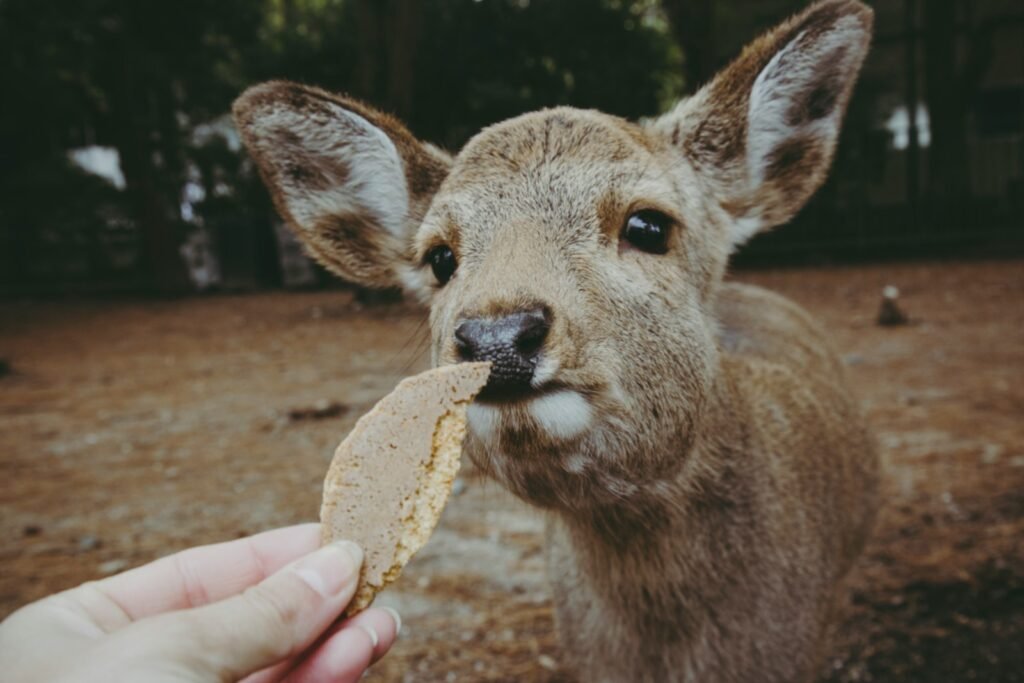Walk into a busy shelter at feeding time and you’ll feel it: the electric buzz of barking, the tail swishes, the bright eyes scanning for something to do. The problem is simple and brutal – animals arrive stressed, confused, and often under-stimulated, and stress slows recovery and adoption. The solution sounds deceptively small: enrichment, the daily dose of novelty, choice, and play that turns a concrete run into a place where learning and healing can happen. Over the past decade, a wave of research has shifted enrichment from “nice extra” to “core welfare,” with measurable impacts on behavior, physiology, and adoption outcomes. What’s emerging is a new science of comfort, one that treats curiosity like medicine and play like policy.
The Hidden Clues
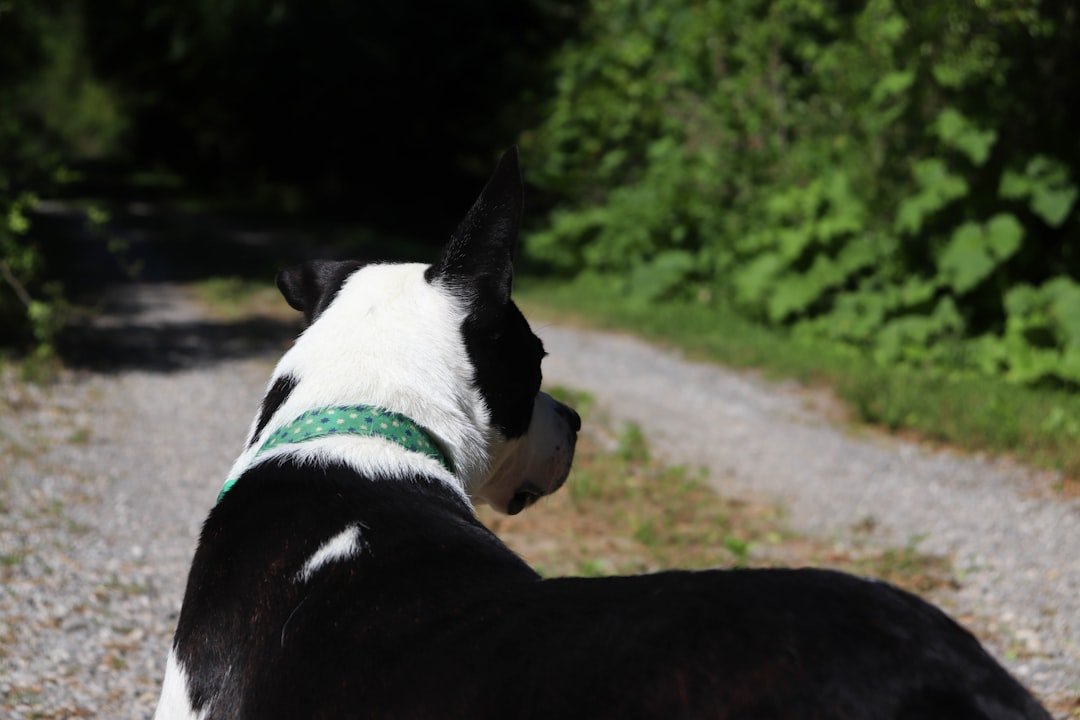
Watch a dog pause at the seam of a door, nose twitching, and you’re seeing micro-moments that welfare scientists now consider data. Shorter bouts of pacing after a scent game, longer rests after a foraging puzzle, and softer faces after social interactions are subtle but consistent signals that stress is easing. Cats tell their stories differently: a tucked body stretching to take a treat, ears loosening after a box is added, a quiet chitter at a feather toy. Rabbits burrow deeper when hay hides pellets, parrots preen more smoothly after shredding tasks, and even shy reptiles venture out with gentle habitat changes. These small shifts are not cute extras; they are early indicators that enrichment is meeting a biological need.
When I first shadowed a municipal shelter team, I noticed that the noisiest row fell silent after a volunteer ran a five-minute scent trail using tea bags. It felt like a magic trick, but it was really attention re-routed into a species-typical behavior. The dogs’ mouths softened, and the next kennel’s chronic barker settled into a sit, expectant and calm. Those quiet minutes were not luck; they were a biological reset fueled by choice and novelty. In a place where time is scarce, that reset is priceless.
Inside the Stress Response

Stress in shelters isn’t just about noise; it’s a cascade involving hormones, immune function, and learning. Elevated stress hormones can dampen appetite, delay wound healing, and make animals less resilient to routine handling. Behaviorally, stress shows up as spinning, wall-bouncing, excessive grooming, or the kind of shut-down stillness that looks “easy” but isn’t healthy. Enrichment interrupts this loop by giving the brain problems to solve and outcomes to predict, stepping animals out of hypervigilance and into exploration. The shift from panic to curiosity is the gap through which recovery can begin.
Physiologically, good enrichment aligns with how brains regulate arousal: short bursts of novelty, digestible challenges, and clear periods of rest. Heart rate variability often improves when animals engage in low-pressure problem-solving like foraging or scent work. Sleep – which is a fragile currency in shelters – gets longer and less fragmented when environments feel controllable. Even simple changes like predictable feeding windows paired with puzzle feeders can reduce frantic kennel spinning. The science is moving toward a simple truth: enrichment gives animals the tools to co-author their day.
From Ancient Tools to Modern Science
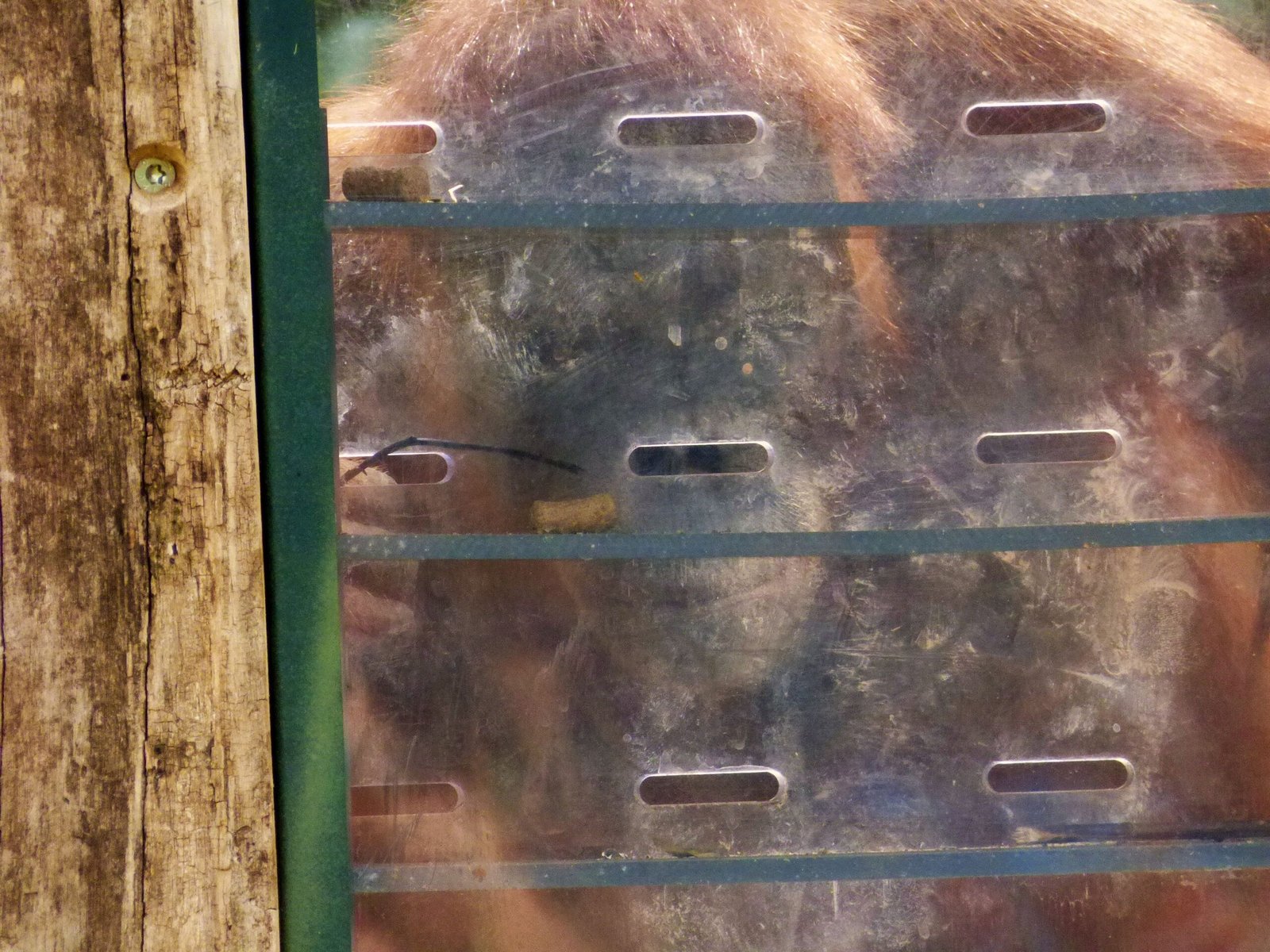
Enrichment began in earnest in zoos, where scattered feeding and habitat complexity were designed to mimic wild challenges. Shelters adapted those ideas on a shoestring: boxes for cats, scent trails for dogs, browse branches for goats, and chew-safe materials for small mammals. Over time, what started as creative hacks turned into protocols with aim and measurement. Staff learned to rotate activities to prevent habituation and to tailor options to species and individual history. The humble cardboard box and the salad-filled Kong became evidence-based interventions.
Technology amplified the toolbox without erasing the basics. Timers release tiny food drops to stretch foraging, cameras spot pacing before it becomes habitual, and quiet playlists help drown chaotic spikes at rush hour. But the heart of the work remains tactile and personal: a hand-tossed sniff game, a hidey-hole, a textured perch, a simple choice between two safe spaces. The most reliable successes come from the “three Cs” – choice, control, and complexity – that grow or shrink with an animal’s comfort. When those three align, even a small kennel starts to function like a landscape.
What the Data Shows
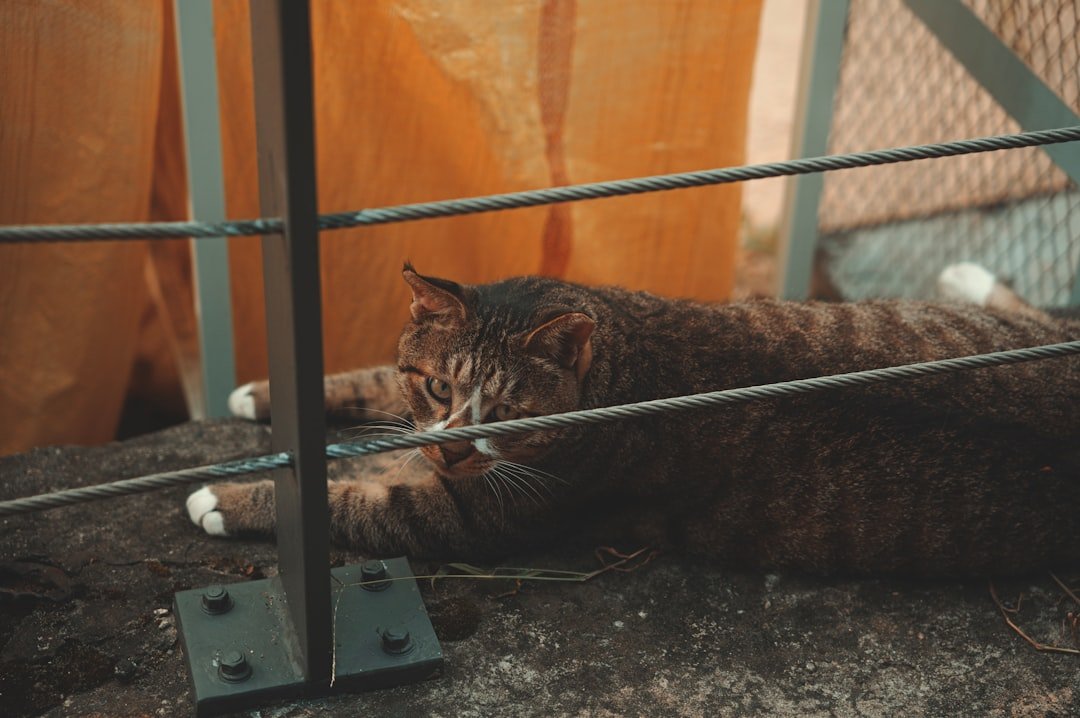
Across species, enrichment tends to change three things first: behavior, stress physiology, and adoptability. Behaviorally, shelters report fewer repetitive motions and more exploratory actions after regular scenting, foraging, or play sessions. Biologically, markers linked to stress often trend down with consistent, individualized programs, especially when rest windows are protected. Socially, animals that display calmer, more natural behaviors meet adopters in a better state to connect, which shortens length of stay. The pattern is not dramatic like a movie montage; it’s steady, measurable easing over days.
Consider a practical mix that many shelters now use: short scent walks or nosework in corridors, rotating puzzle feeders, daily quiet time, and social contact at the animal’s pace. Dogs offered nosework often bark less between sessions and settle faster afterward, which reduces the background stress of an entire ward. Cats given boxes and vertical space show more relaxed grooming and approach staff sooner, which speeds health checks and socialization. Small mammals with nesting material and safe gnawing options maintain healthier teeth and rest more, a win for recovery. The common thread is not fancy gear but thoughtful, repeatable routines.
Why It Matters

In animal welfare, time is the most valuable resource, and enrichment buys time in small, compounding dividends. A calmer dog is easier to handle for vaccines, safer to walk, and better able to learn polite greetings that adopters notice. A settled cat eats more, hides less, and becomes easier to medicate, which means faster treatment and fewer complications. Traditional shelter practice leaned on containment and basic care; the new model layers mental health into the daily schedule. That shift reframes welfare from minimum standards to active recovery.
There’s also a fairness argument that’s hard to ignore. If we confine animals for their safety and our logistics, we shoulder the duty to replace lost freedom with purposeful choice. Enrichment isn’t a luxury add-on any more than physical therapy is optional after surgery. It’s the bridge between survival and a life worth living. And in the numbers that matter – injury rates, adoption success, staff morale – the bridge holds.
Global Perspectives
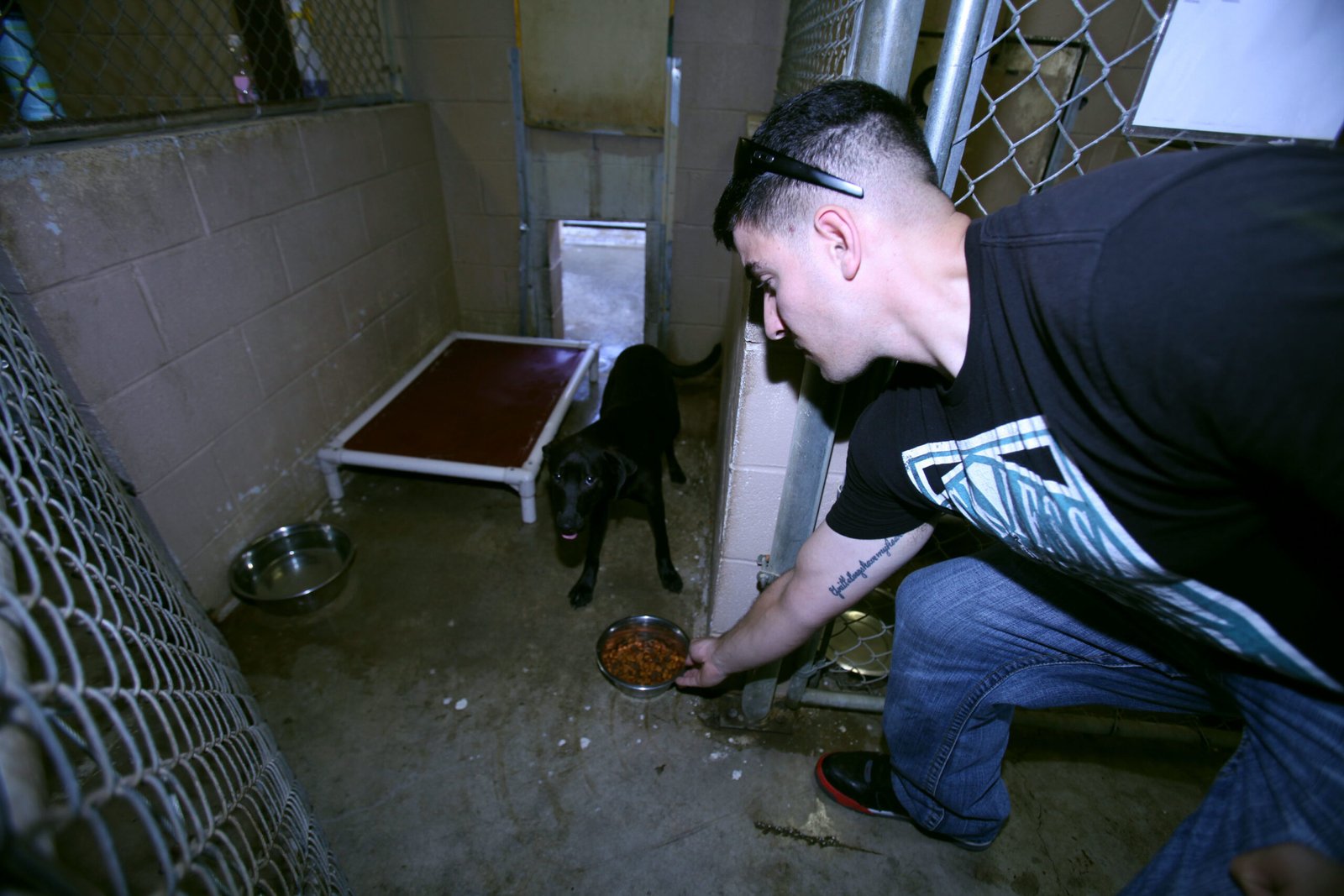
Across regions, shelters adapt enrichment to culture and climate while chasing the same outcomes. In hot zones, water-based puzzles and shade mazes keep dogs engaged without overheating, while cool-weather facilities lean on scent-heavy work and cozy dens. Rural shelters often harness community materials – bales, branches, local herbs – turning the landscape into a supply closet. Urban centers use verticality, modular kennel fronts, and portable scent libraries to squeeze variety out of small spaces. Even with limited budgets, creativity can outpace cost.
Species diversity shapes the playbook. Parrots thrive on shreddables and foraging wheels; guinea pigs flourish with tunnels and hay-layered scatters; snakes explore scent trails from shed skins and safe textures. Cats want safe elevation and visibility, not just seclusion, while many dogs relax fastest with nose-led tasks rather than high-arousal fetch. Culturally, adopter expectations differ, so shelters tailor visible enrichment to teach future homes what works. The best programs double as public education, sending animals out with a routine families can keep.
The Human Factor
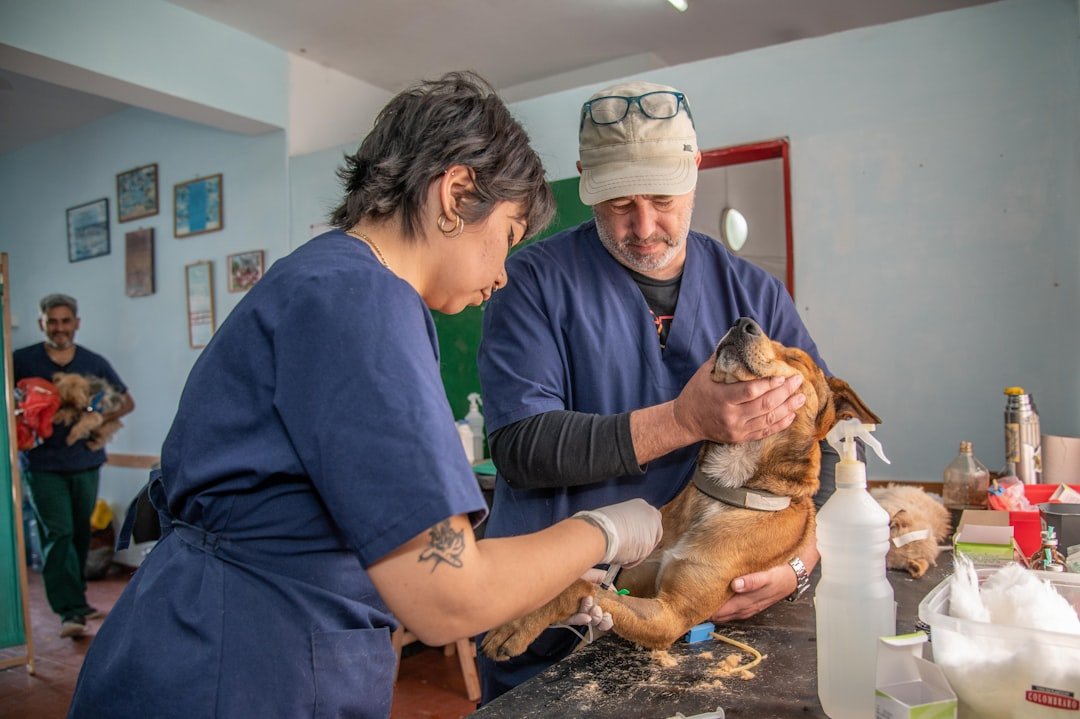
Enrichment succeeds or stalls on people, not products. Staff and volunteers translate science into moments – five-minute puzzles between laundry loads, quiet touch for the fearful dog, a new hide for the cat after morning rounds. Training matters: knowing when to step back, how to scale difficulty, and when rest is the most “enriching” thing on the menu. Burnout drops when teams see behavior shift in response to their efforts, because progress is the best antidote to fatigue. Welfare, it turns out, is contagious in the best way.
Adopters are part of this human chain. Meeting an animal practicing calm behaviors teaches the adopter what “good days” look like and how to create more of them at home. Clear take-home plans – two scent games, one quiet rest block, one puzzle feeder – give new families a scaffold to keep stress low through the transition. That continuity protects the progress made in care and reduces returns, which is a quiet victory with huge ripple effects. When people feel capable, animals feel safe.
The Future Landscape

The next wave of enrichment is smarter, not louder. Low-cost sensors can flag rising arousal before it explodes into pacing or barking, prompting staff to deploy a targeted activity rather than guess. Adaptive puzzles adjust difficulty as animals improve, preserving the sweet spot between boredom and frustration. Smart lighting and soundscapes that mimic dawn and dusk help restore natural rhythms in windowless rooms. None of this replaces a box or a branch; it just makes timing and tailoring better.
Challenges remain, and they’re real. Funding cycles are short, staff turnover is high, and every new idea must survive the pressure of morning rounds. Biosecurity can clash with shared enrichment items, demanding clever cleaning protocols and backups. And equity matters: small shelters should not be left behind while flashy prototypes grab headlines. The future that works will be modular, scalable, and humble enough to run on cardboard when the budget says cardboard.
A Gentle Revolution: What You Can Do Now

Start small and consistent. If you volunteer, learn two scent games and one calming touch protocol, and offer them at the same time each shift so animals can predict the arc of their day. If you’re adopting, bring the shelter routine home for two weeks – same puzzle feeder, same quiet block after walks, same hide for a cat’s first days. If you donate, fund the unglamorous staples: boxes, snuffle mats, washable hides, and staff training time. And if you lead a shelter, bake “choice, control, and complexity” into daily checklists so enrichment isn’t optional when the day gets noisy.
This is a gentle revolution powered by curiosity and care. We’re not polishing cages; we’re changing what a day feels like from the inside out. Comfort isn’t sentimental – it’s scientific, and it’s achievable in minutes, not months. The payoff is an animal who meets their next human with a brighter brain and a steadier heart. If a box and a breadcrumb trail can bend a life toward calm, why wouldn’t we start today?

Suhail Ahmed is a passionate digital professional and nature enthusiast with over 8 years of experience in content strategy, SEO, web development, and digital operations. Alongside his freelance journey, Suhail actively contributes to nature and wildlife platforms like Discover Wildlife, where he channels his curiosity for the planet into engaging, educational storytelling.
With a strong background in managing digital ecosystems — from ecommerce stores and WordPress websites to social media and automation — Suhail merges technical precision with creative insight. His content reflects a rare balance: SEO-friendly yet deeply human, data-informed yet emotionally resonant.
Driven by a love for discovery and storytelling, Suhail believes in using digital platforms to amplify causes that matter — especially those protecting Earth’s biodiversity and inspiring sustainable living. Whether he’s managing online projects or crafting wildlife content, his goal remains the same: to inform, inspire, and leave a positive digital footprint.

